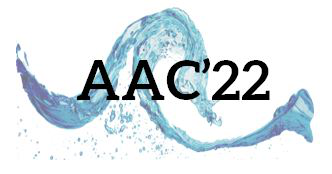Speaker
Description
PV/m plasmonics model pioneers extreme plasmons where the free electron Fermi gas constituted by the conduction band electrons in condensed matter is excited to its ultimate limits. Here we discuss novel physical mechanisms that begin to dominate the physics of extreme plasmons. For instance, relativistically induced ballistic electron transport helps explain earlier beam-metal interaction experiments where damage and solid-plasma formation were not observed when the SLAC electron beam was compressed to <100fs. Furthermore, as the conduction band electrons attain relativistic velocities, they are capable of freely tunneling across the surface especially when excited in a direction perpendicular to the surface giving rise to relativistic tunneling. Besides these prominent novel effects, we differentiate and describe several foundational principles that underlie the physics of extreme plasmons.

